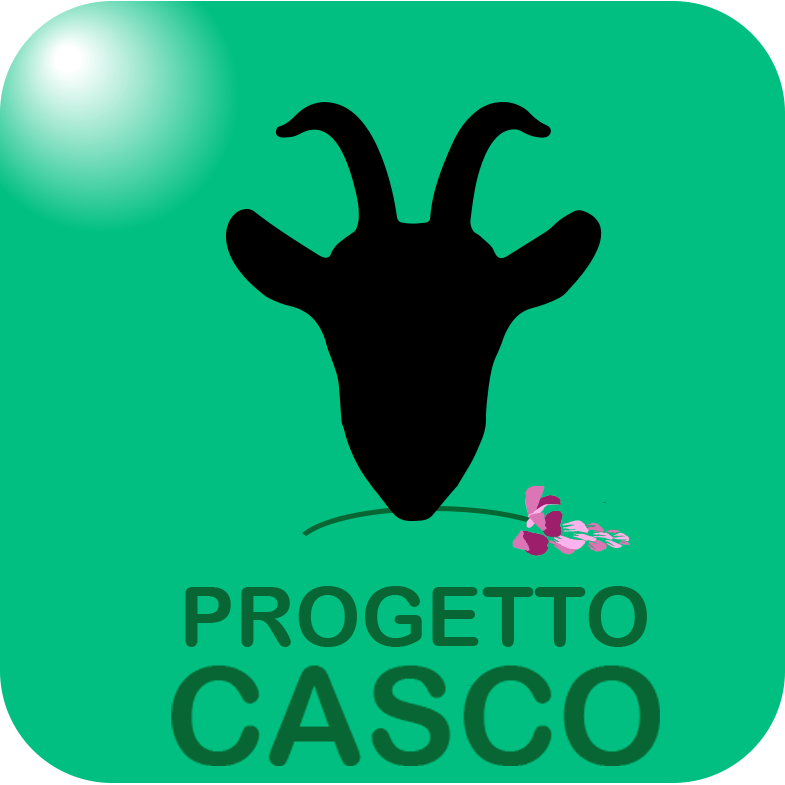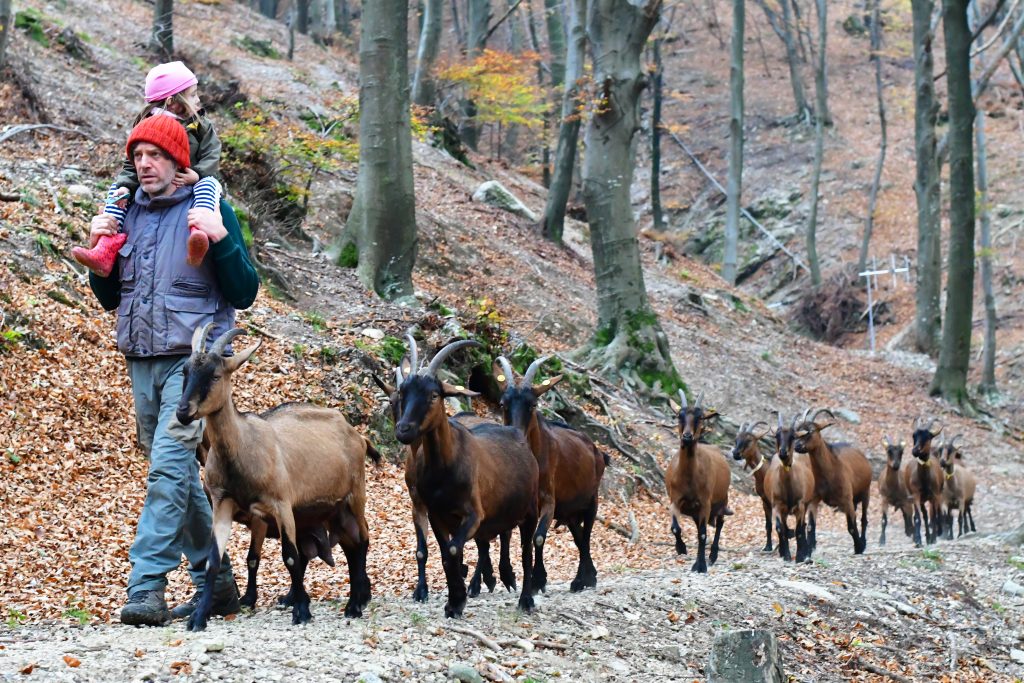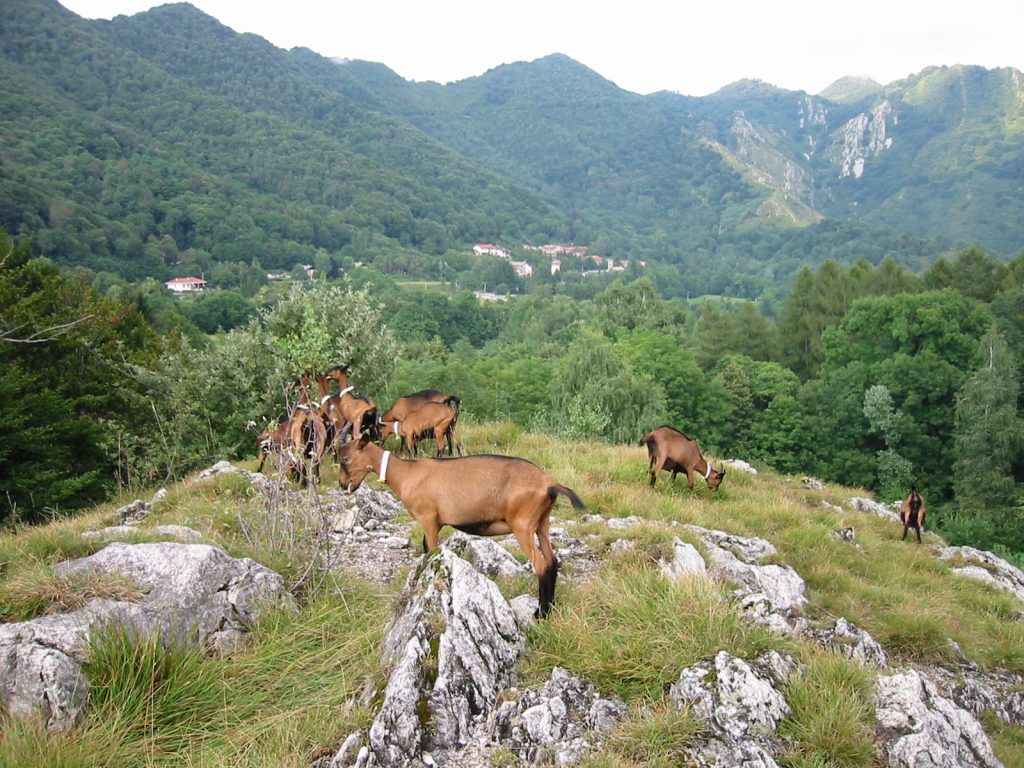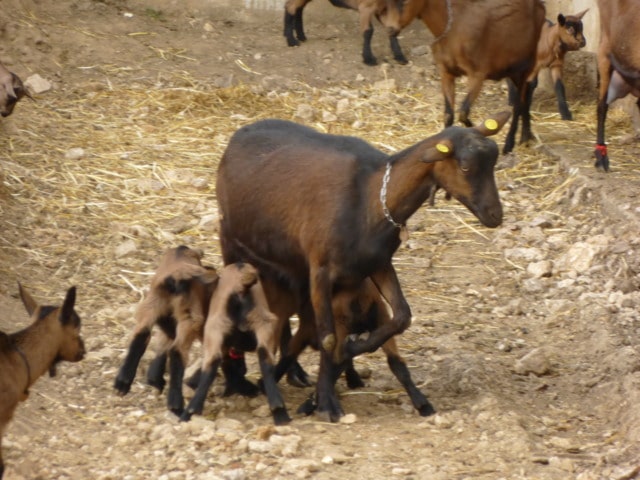Location – The farm is located on the north side of Monte Sasso del Ferro in Vararo at an altitude of 754 m.
The agricultural area used for grazing is about 10 hectares. These areas currently reused are characterized by the presence of a transitional flora typical of ex-meadows and ex-pastures that have not been used for a long time. In fact, a shrubby and herbaceous flora typical of the undergrowth prevails but with species that have a high degree of appetibility especially for the goat species.
Bred animals – Currently the goat herd consists of 32 lactation animals of the breed Camosciata of the Alps.
The production system – Production is based on the direct transformation of milk in the farm dairy. Dairy production is very diversified and is characterized by goat-only raw milk processing with self-produced ferments. The most marketed products are fresh and seasoned lactic and persamic cheeses, blue cheese, and yogurt.
Particular is the production of lactic cheese with flowering crust, goat blue and Sancarlin de Varès.
The marketing of the products takes place mainly directly to private individuals (in the company and door-to-door delivery), to GAS and through specialized stores.








